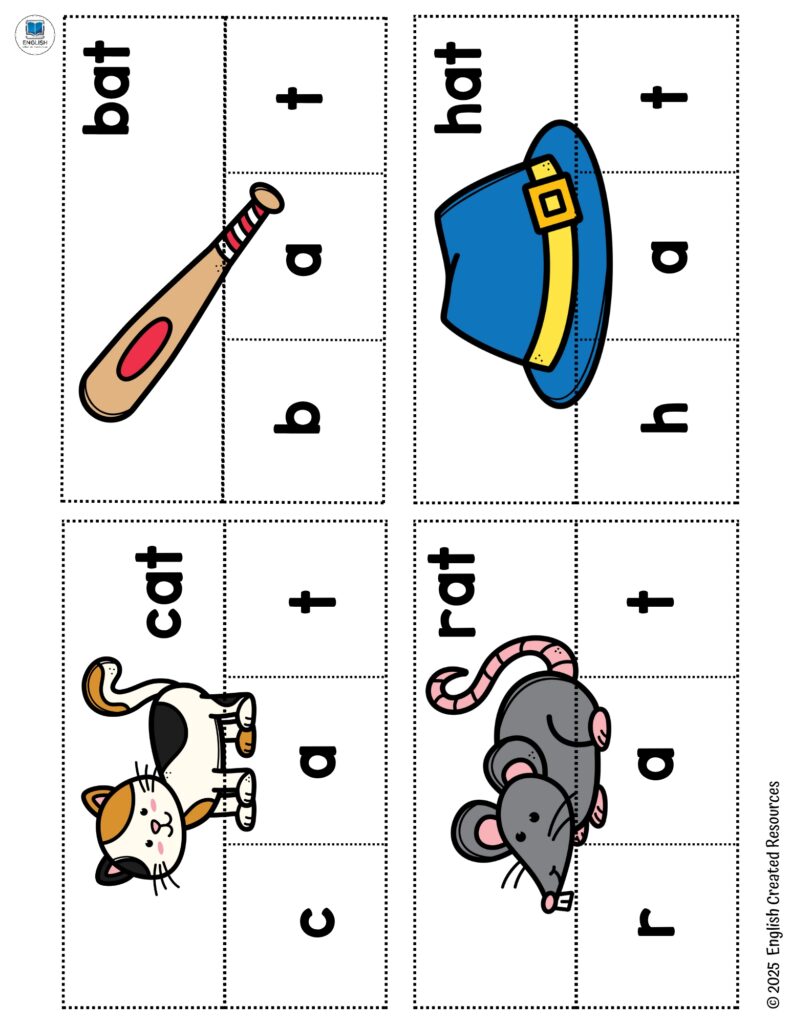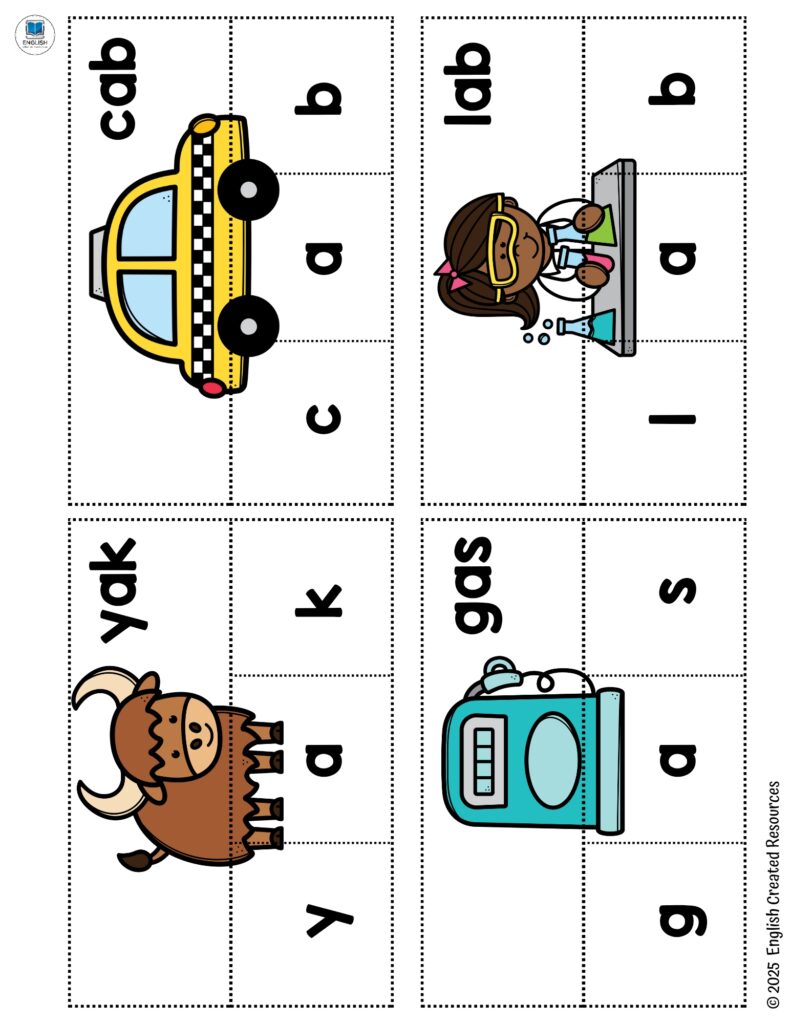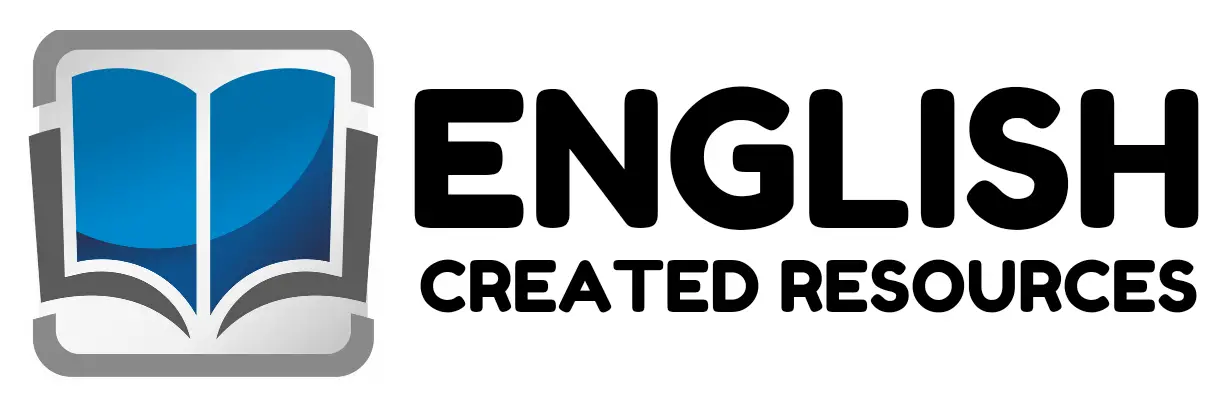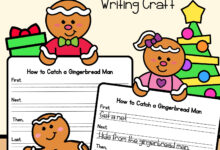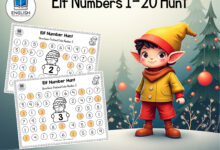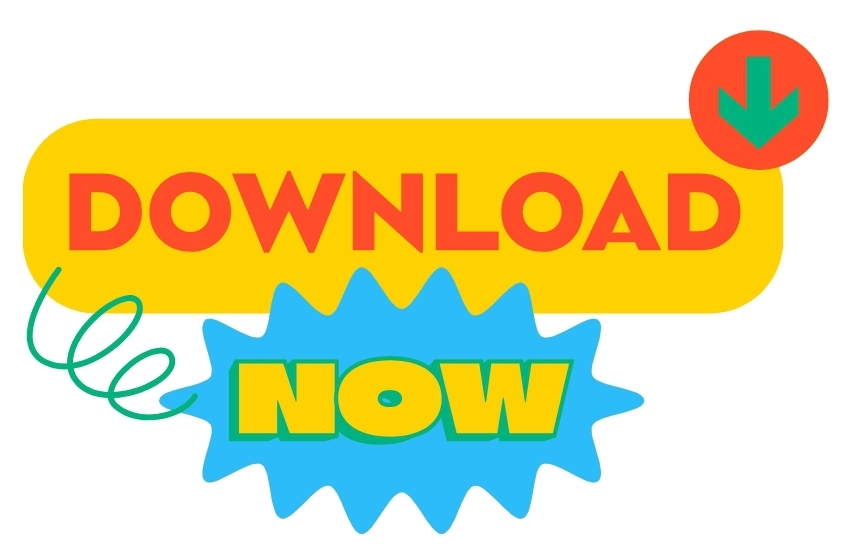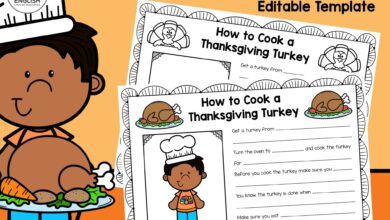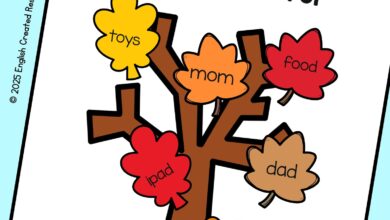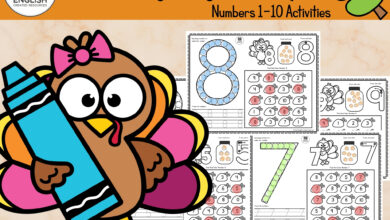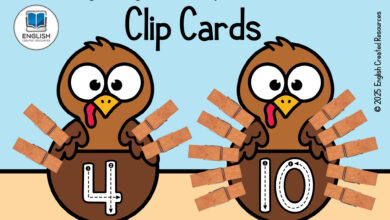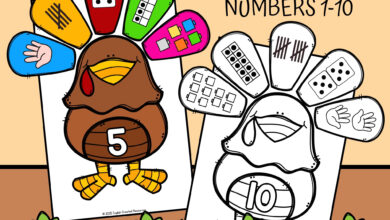CVC Words Puzzles
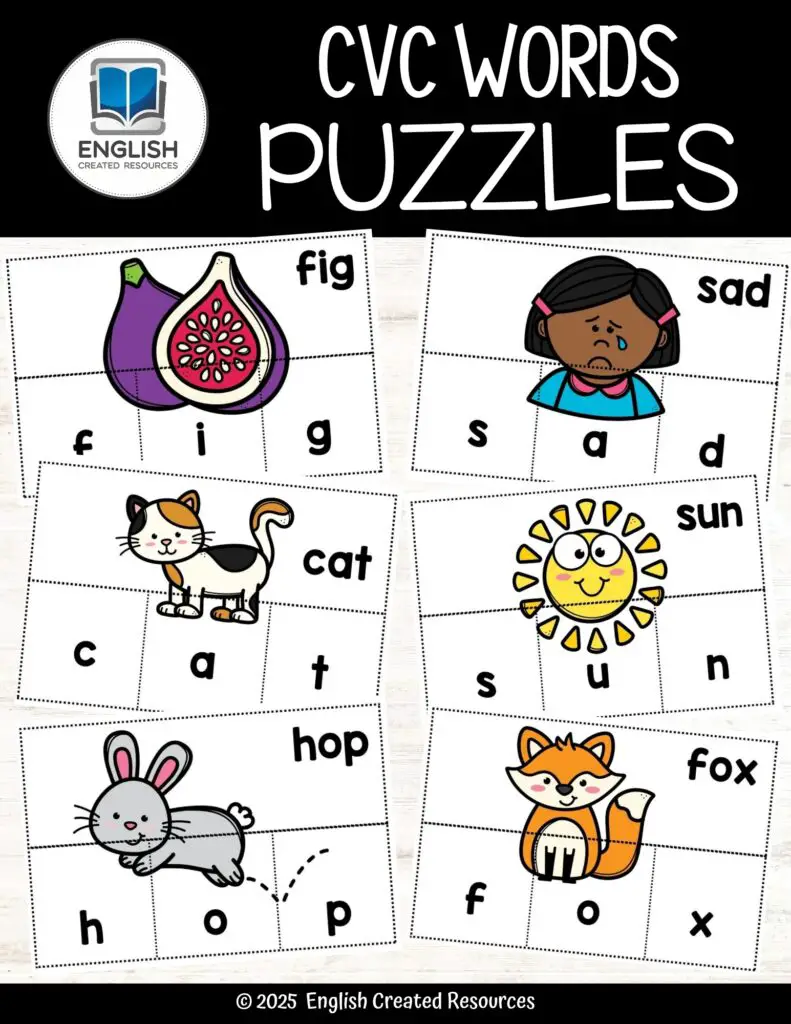
CVC Words Puzzles
CVC word puzzles, which are puzzles involving Consonant-Vowel-Consonant words like cat, dog, pen, or sun, play a crucial role in early literacy development for preschool-aged children. At this developmental stage, children are beginning to understand the basic structure of language, how sounds form words, and how those words create meaning. Integrating CVC word puzzles into classroom activities or at-home learning environments not only makes learning fun but also enhances a wide range of foundational skills. This essay explores in detail the importance of CVC word puzzles for preschoolers and how they contribute to cognitive, linguistic, and academic development.
1. Phonemic Awareness and Sound Recognition
One of the core skills children need to become successful readers is phonemic awareness—the ability to hear, identify, and manipulate individual sounds (phonemes) in spoken words. CVC word puzzles encourage children to break words into their component sounds: beginning, middle, and ending. For example, in the word hat, children learn to identify /h/, /a/, and /t/. Through repeated practice with puzzles, they develop an intuitive understanding of how individual sounds blend to form complete words, a critical first step in learning to read.
2. Early Reading Skills and Word Decoding
Reading fluency begins with the ability to decode simple words. CVC word puzzles help children connect letters with their corresponding sounds and practice blending them together. This decoding process is the foundation of early reading. When children solve puzzles involving CVC words, they practice sounding out each letter, which helps them become more confident and fluent readers. As they recognize more CVC words, they begin to read short sentences and stories, boosting their comprehension and confidence.
3. Vocabulary Development
Exposure to CVC word puzzles introduces children to a wide variety of simple vocabulary. Words like bat, cup, net, and box help children build a core vocabulary that forms the base of more complex language later. As they work with puzzles, children often associate the words with images or real-life objects, reinforcing understanding and retention. Over time, this consistent exposure supports vocabulary growth, which is directly tied to reading comprehension and verbal expression.
4. Spelling and Writing Readiness
CVC puzzles not only aid in reading but also support spelling and early writing. As children become familiar with how letters are arranged to form simple words, they begin to understand spelling patterns. Many puzzles require children to rearrange letters or fill in missing ones, which encourages active thinking about spelling. This hands-on engagement strengthens letter recognition, sequencing, and fine motor control—essential skills for writing.
5. Cognitive Development and Problem-Solving Skills
CVC puzzles challenge children to think critically and solve problems. Whether they are matching pictures with words, filling in missing letters, or arranging letter tiles to form words, they are developing cognitive flexibility, memory, and logical thinking. These puzzles encourage trial and error, patience, and persistence. Such problem-solving tasks also build resilience and confidence in young learners as they experience the satisfaction of successfully completing a puzzle.
6. Fine Motor Skills and Hand-Eye Coordination
Many CVC puzzles involve physical manipulation—placing puzzle pieces, arranging letter cards, or using writing tools. These activities help strengthen fine motor skills and hand-eye coordination, which are essential for other classroom tasks like writing, cutting, and drawing. Developing these skills at the preschool level prepares children for the increasing demands of primary education.
7. Interactive and Engaging Learning
Young children learn best through play, and CVC word puzzles provide a perfect combination of education and fun. They turn the learning of foundational literacy skills into a game-like experience, making children more enthusiastic and engaged. Interactive puzzles can also be used in group settings, promoting collaboration, communication, and social development among peers.
8. Supports Differentiated Learning
CVC word puzzles can be tailored to fit the individual needs and pace of each child. For children who are just beginning to recognize letters, puzzles with matching pictures and simple letter arrangements are ideal. For more advanced learners, puzzles can include more challenging tasks such as identifying rhyming words, unscrambling letters, or completing short sentences. This flexibility makes CVC puzzles an excellent resource for diverse learners in a preschool setting.
9. Prepares Children for Phonics-Based Curriculum
Most early literacy programs, including phonics-based curriculums used in schools, rely heavily on CVC words as the starting point. Mastery of these basic word forms through puzzles ensures that children enter kindergarten or first grade with a solid grasp of word structure and phonics rules. This early preparation gives them a significant advantage in reading and writing tasks.
CVC word puzzles are more than just simple games for preschool children—they are powerful educational tools that support the development of phonemic awareness, decoding skills, vocabulary, spelling, writing readiness, and critical thinking. By incorporating these puzzles into early childhood education, teachers and parents provide children with a fun and effective way to build the literacy foundation they need for lifelong learning. Given their many benefits, CVC word puzzles should be a staple in every preschool classroom and home learning environment.
Samples From the Puzzles
